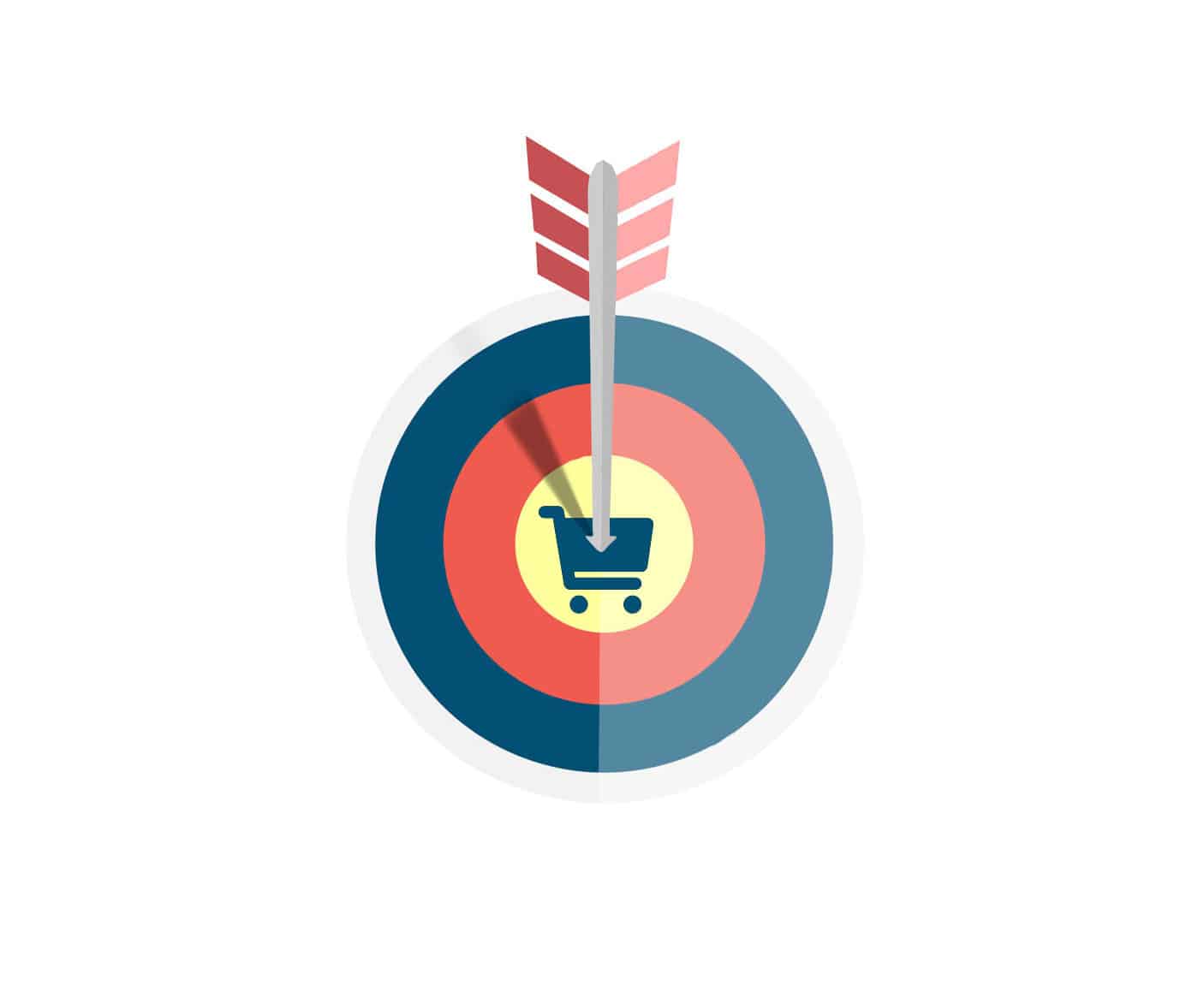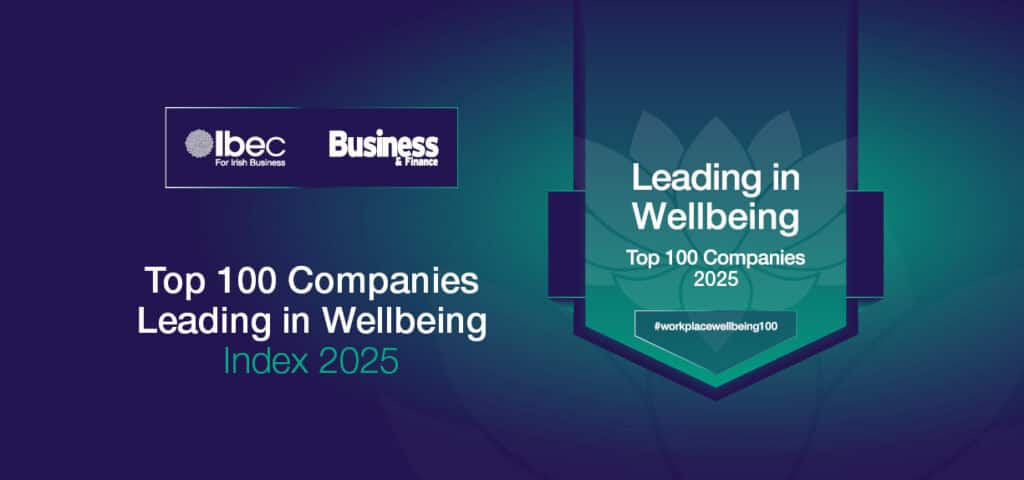Paul Fagan offers advice on how to identify potential new business.
One of the most talked-about areas of marketing is lead generation. Most entrepreneurs are in business for one reason – to make money. And to make more money and increase the amount of business you do, what do you need? The logical answer would be… more leads, of course!
However, before heading off to spend more money on advertising to attract more leads for your business, it’s not only important, but essential, to stop and take stock of who you are trying to attract, what exactly you are trying to achieve, and how you are going to do it.
Who is your bullseye customer and who are you trying to attract? Without knowing exactly who your target market or ideal customer is, how can you be expected to attract them to your business?
A brilliant product or service without the right marketing or lead generation approach can often result in failure: too much advertising or promotion spend, and too much time is often spent on people who will never buy. We call this the ‘spray-gun’ marketing approach whereby the business sends one single broad message out to a wide audience, perhaps through a press advertisement, radio or direct mail campaign, and hoping that if you cast the net wide enough, a sufficient number of prospects will take the bait.
Your marketing efforts should actually help you to separate the suspects from the prospects. If your lead generation advertising does not weed these people out, it’s not working effectively. Rather, it’s putting a strain on your valuable resources whose job it is to process and follow up on the leads, and nurture them along your sales funnel to ultimately convert to a sale.
It’s important to remember, therefore, that the media you select, the offers you make, your creative strategy, and even your tone all play key roles in screening out suspects and in drawing in the high-potential prospects.
WHAT IS YOUR END GOAL?
What is your end goal? How good are you at converting your leads at present and how many leads do you therefore need to hit your target?
In the words of Stephen Covey, in The 7 Habits of Highly Effective People, you should always begin with the end in mind. Now that you have decided who you are trying to attract to become a customer, it’s essential to know what exactly you are trying to achieve. What is your sales target for the year, quarter, month or week? How many leads do you currently have and how many more do you need in order to achieve your end goal?
The term leads, also known as potentials or prospects, refers to the total number of potential buyers you contacted, or who contacted you. Most people confuse responses, or the number of potential buyers, with results. You might be surprised, but a lot of businesses don’t actually know how many leads they get each week. And if you don’t know how many leads you currently have, how are you expected to know how many more you need to hit your target? I cannot stress how important it is to know your numbers. Keep a record of the number of leads, phonecalls, enquiries and visits received and how they heard about you. The sound of ringing phones does not necessarily mean cash registers are ringing as well.
This is further highlighted by the conversion rate – the percentage of people who actually buy versus those who could have bought. An example of this is 10 people walking into a ladies’ boutique because they heard a radio promotion advertising a flash sale. Out of those 10 prospects, three bought something. For the day, the boutique had a conversion rate of three out of 10, or 30%. There are lots of strategies to increase conversion rates – but sticking with lead generation, it’s essential to know what your conversion rate is so you can forecast how many leads you need to generate to successfully hit your sales targets.
REACHING OUT

Paul Fagan, Business Coaching Ireland
It’s one thing talking about what you need to do. Now that you know who your ideal customer is, and how many you need to prospect to reach your sales target, how do you do it? How do you reach out to them and spark their interest in your offering?
Your marketing efforts should help you to separate the suspects from the prospects
The list is endless when it comes to choosing between lead generation strategies to implement in order to increase sales and grow your business. So how do you determine which methods or media are the best for finding new customers for your particular product or service?
Firstly, it’s important to really know and understand your target market – what their interests are, where they typically hang out, what media channel is most suited to reaching them – be it online, press or direct mail – and what really makes them tick, or what their hot buttons are. For example, busy executives are much more often concerned about their time than about saving a few euro. Direct mail/email efforts that don’t demand a lot of time and that demonstrate how the product/service can save the recipient time can often work well with management segments. Remember, though: your headline is key to grabbing their attention.
Secondly, and even more importantly, the best way to know what works best for your business is by testing several different lead generation strategies – and measuring the results. If you don’t test and measure your marketing campaigns to measure how many qualified leads they attract, how do you know whether the strategy is a good investment of time or money.
KEY TIPS
The secret to success with telemarketing is to make sure you have a list of qualified leads that will be interested, use experienced telemarketers or sales people who sound friendly and relaxed on the phone, and ensure you have a great script that includes an enticing offer that hooks people in.
Now that you have selected the best lead generation strategies for your business, remember to be consistent. All too often businesses rely on one or two strategies and do them sporadically when revenues drop or when they get around to it, which results in having to then chase for business. Be consistent in your marketing and lead generation, and remember: test and measure for results.
Now you are ready to go forth and multiply.
LEADING THE WAY
There are over 60 lead generation strategies you can implement in order to increase sales, from online and social media marketing to press and radio advertising, telemarketing, direct mail/email, networking, etc.
Here are three sometimes under-utilised but tried and tested lead generation strategies to get you going:
1. Customer referrals
Referrals are one of the most powerful lead generators. People spreading the word is a cheap and very effective means of lead generation. There is nothing more satisfying than getting a sales lead from a happy customer. Obviously, this is achieved by offering exceptional value and service, but it can be further promoted by using special referral programmes with your loyal customers.
An existing customer also knows what you are offering and should have a good idea of the referred prospect’s needs, meaning that the lead should be well qualified by the time they reach you. You will also have tremendous credibility with the prospect since you come highly recommended from someone who they know and trust, so the probability of conversion to sale is much greater.
2. Strategic alliances
Often, smaller businesses believe this to be a strategy for the larger corporates, but that’s not the case – it works equally as well for both. This is where you join forces with other complementary, non-competitive businesses to exchange leads and promote each other’s products and services. A good example is a local hotel and tourist attraction joining forces to cross-promote each other’s services, and ultimately create a more attractive package for a prospective customer. A useful tip is that whatever your industry, there must be great synergy, both on a professional and personal level, and it must be a win/win situation for both parties.
3. Telemarketing
It can be daunting, but don’t underestimate the power of hitting the phones. Telemarketing is a quick and relatively low-cost strategy that can generate massive results in your business if practiced regularly. It’s a great way to set appointments and get new customers.
Just two calls per hour, every business day, for example, will yield hundreds of calls over a year. While the number of hang-ups sales reps get is enough to make some people quit, it does still work. If it didn’t, people simply wouldn’t be doing it.





